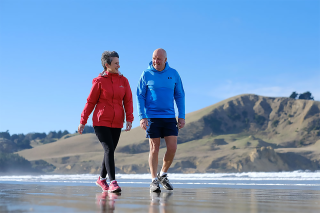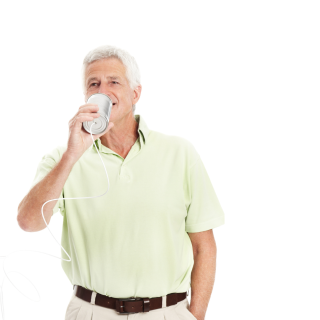Posted Monday December 2, 2019
80-year-old hearing loss support specialist Stephen Frazier, who is himself deaf, published his travelling tips on the US Hearing Health Foundation website.
“What I’ve learned” he says, “is that I need more than just my hearing aids.”
At the top of his list of tips is to keep an eye out for hearing loops at airports, railway stations, public buildings and concert venues.
“In New York City,” he writes, “I expected to have a problem when I approached the fare booth to buy a subway pass. I knew the roar of trains constantly passing through makes it difficult for someone with typical hearing to communicate, let alone someone like me with a severe hearing loss.
“But when I noticed a sign for hearing loops … I turned off my hearing aids’ mics and turned on their telecoils [t-coils]. To my surprise and delight, I heard quite clearly … just as a train was passing through underneath.”
A hearing loop sends sound to hearing aid telecoils at the flip of a switch. Most modern hearing aids support telecoil, but ask your audiologist if you are unsure whether your model does.
Frazer recommends packing your neck loop and personal sound amplifier (if you have them), a good supply of hearing aid batteries and an extra hearing aid (if you have one). If your hearing aids are rechargeable, make sure your charger is in your carry-on luggage.
Other recommended accessories include a pen and notepad and downloading speech-to-text and captioning apps to your mobile phone. He suggests you print your ticket and boarding pass at home or send them to your phone. When at airports make sure that ground staff and flight attendants are aware that you have a hearing loss.
Bon voyage; enjoy your travels and Merry Christmas.
Stephen O. Frazier, Have Loop, Will Travel, June 13, 2019. Hearing Health Foundation



